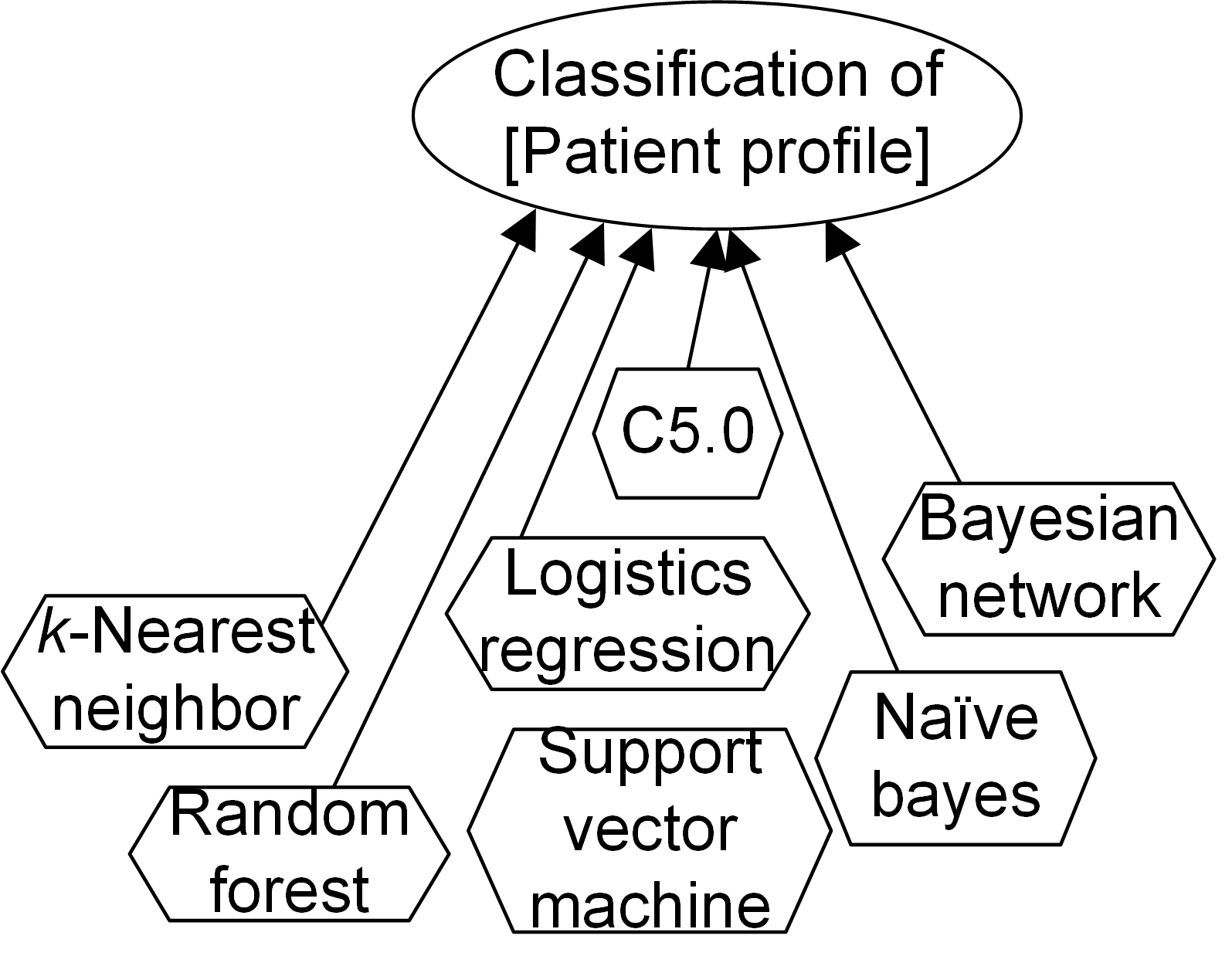Step-3 Model a set of Algorithms that can fulfill your top-level Analytics Goals
To perform this step effectively, an understanding of the data as well as different kinds of machine learning algorithms and analytics approaches is required.
Start by asking the following question: “What Algorithm(s) exist for fulfilling the Analytics Goal at hand?”
The choice of algorithms in the model is a design decision that is affected by the shape, size, and format of the dataset at hand
For each Analytics Goal, a set of Algorithms that can fulfill such goal are modeled. To model Algorithms, one can start by asking the question of what Algorithm(s) exist for fulfilling the Analytics Goal at hand? The choice of algorithms in the model is a design decision that is affected by the shape, size, and format of the dataset at hand.
For example, given a classification type of Analytics Goal, if the input variables are categorical, Naıve Bayes algorithm can be a good candidate. On the other hand, the choice of algorithms can imply certain data preparation steps (such as removal of missing values, normalization of numerical features) to be taken into account while constructing the Data Preparation View model. For example, data normalization is a critical step to be taken into account when using a distance-based mining algorithm (e.g., k-Nearest Neighbor).
 Step 1
Step 2
Step 3
Step 4
Step 5
Step 6
‹
›
Step 1
Step 2
Step 3
Step 4
Step 5
Step 6
‹
›

